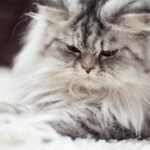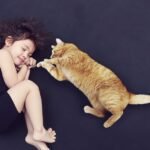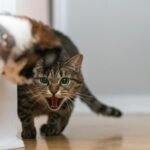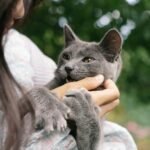Every cat owner dreams of having a purring, content feline companion lounging peacefully around the house. Yet unlike dogs who wag their tails enthusiastically when they’re happy, cats can be much more subtle with their emotional expressions. Their mysterious nature makes it challenging to decode whether they’re truly satisfied with their living situation or merely tolerating it.
The good news is that cats actually communicate their happiness through a fascinating array of behaviors, sounds, and body language cues. These signals have been refined over thousands of years of evolution, and once you learn to recognize them, you’ll be amazed at how much your furry friend is actually telling you. Let’s dive into the unmistakable signs that your cat considers your home their perfect kingdom.
The Signature Purr of Contentment
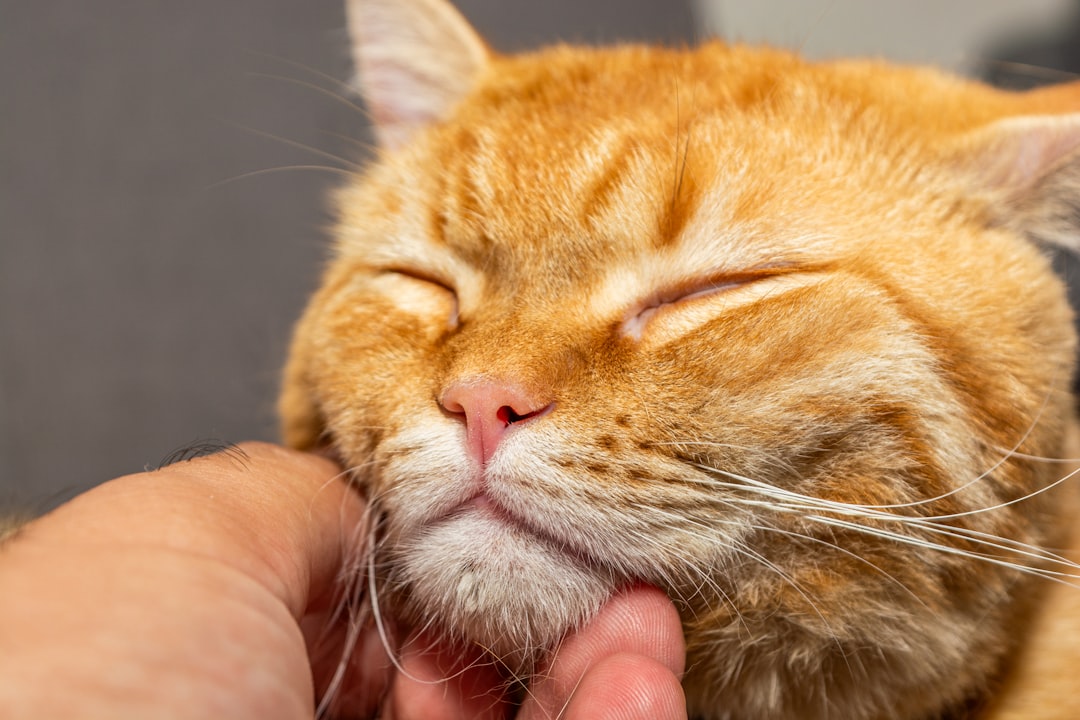
When your cat settles into a comfortable position with eyes gently closed while purring, you can be pretty certain you have one happy feline. Most frequently, purring is a sign of a happy cat, especially if your cat looks relaxed while they are purring. The rhythmic vibrations create an almost meditative atmosphere that benefits both you and your cat.
However, if your cat seems otherwise content and is letting the purrs roar, you can assume they’re happy, especially when they’re lazing in the sun, letting out deep purrs. This distinctive sound often accompanies other positive behaviors, making it one of the most reliable indicators of feline satisfaction in your home environment.
Kneading Your Heart with Their Paws
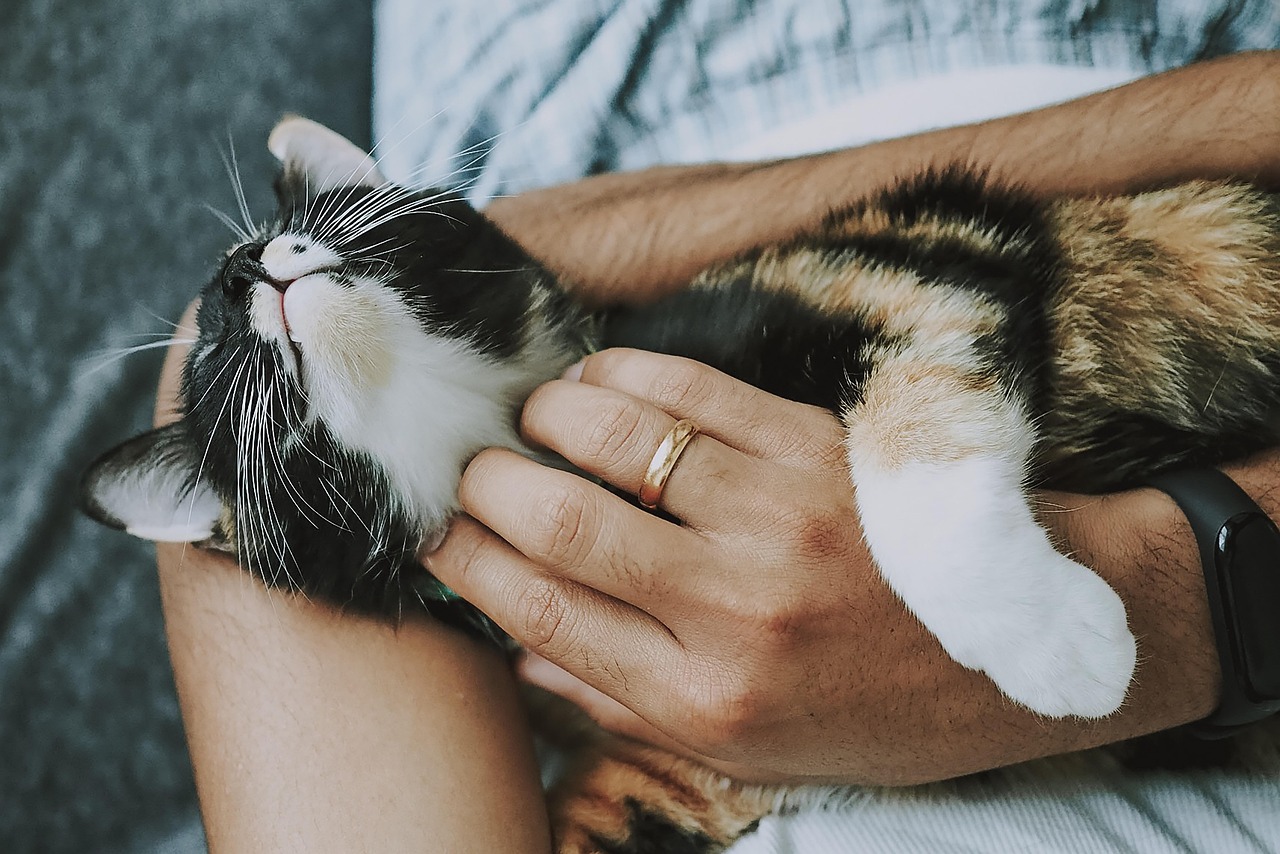
Cats often knead on soft surfaces or laps when they are feeling content, pushing rhythmically with alternating front paws against a person or an object while extending and retracting their claws. This adorable behavior, affectionately known as “making biscuits,” represents one of the purest expressions of feline happiness. This kneading motion is something they would have done as kittens to stimulate milk flow from their mother’s nipples, and they carry this behavior into adulthood when they are in pleasurable situations.
Cats might knead a blanket or their favorite people or something soft, and it’s often the height of contentment, thought to be a throwback to the security that kittens feel when kneading on their mother. When your cat transforms your lap into their personal dough station, consider it the highest compliment they can offer.
Slow Blinks That Say “I Love You”
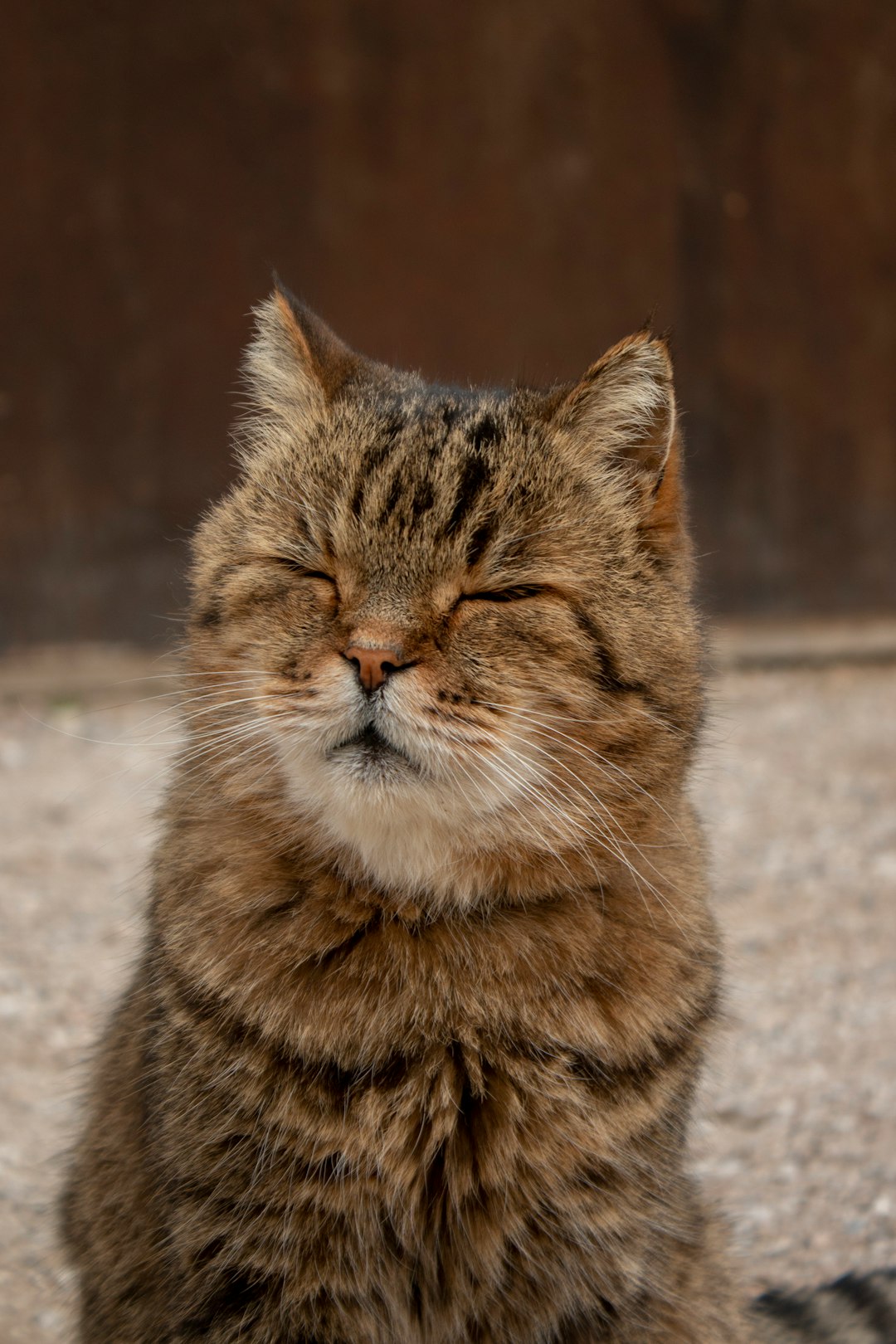
One of the best and most adorable signs of affection from your kitty is the ‘cat kiss’, where your furry friend makes eye contact then slowly blinks their eyes closed. One of the unmistakable and totally endearing signs of kitty bliss is slow blinking. This gentle gesture represents the ultimate display of trust and affection in the feline world.
If your feline pal looks at you and blinks slowly, she’s actually communicating with you, and showing signs of affection. When this happens, don’t leave your furry friend hanging. Slowly blink back, then look away. This simple exchange creates a beautiful bond between you and your cat, confirming their deep contentment in your shared space.
Healthy Appetite and Regular Eating Habits
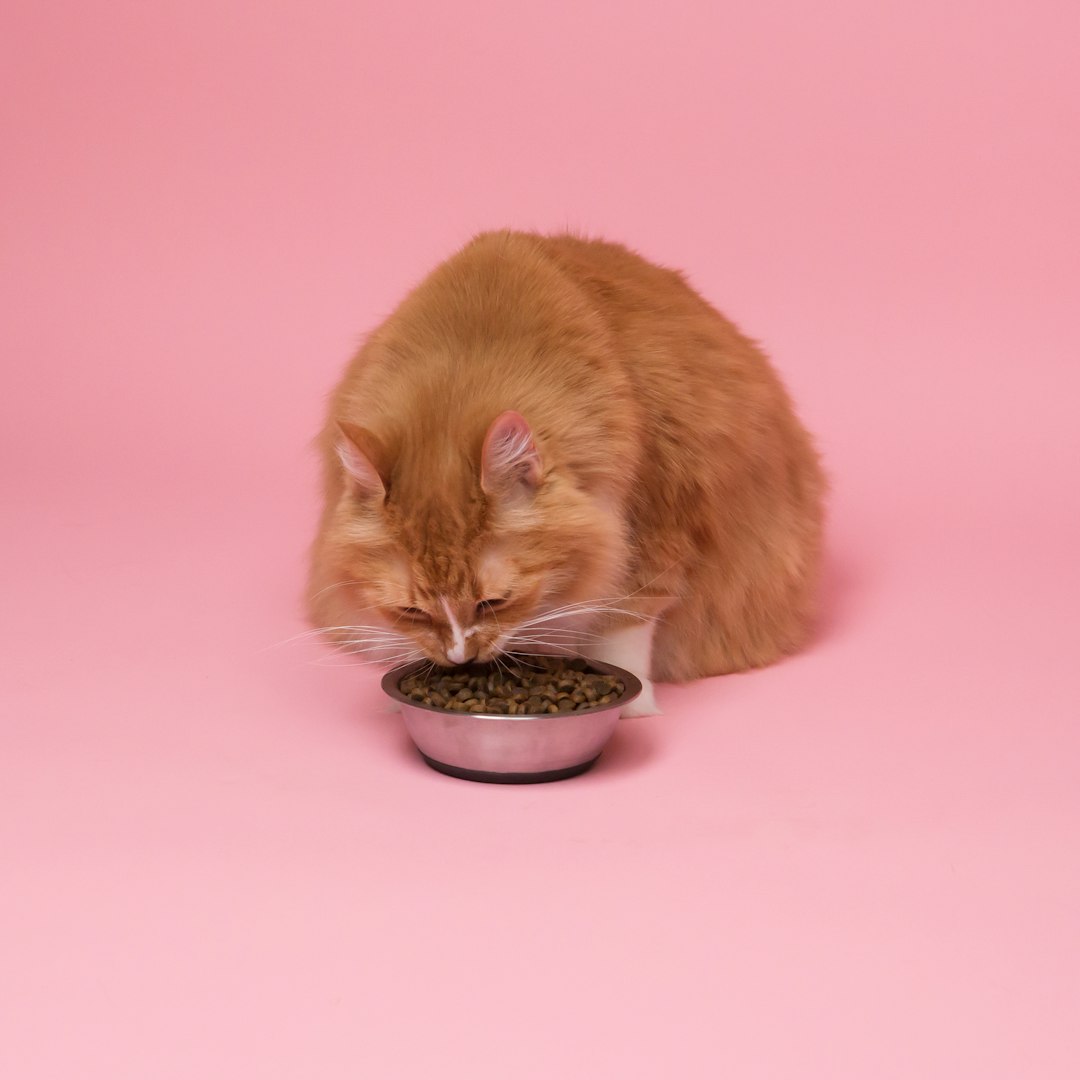
Eating well is almost always a sign of a happy cat. If your kitty is eating and drinking the same amounts as they always have, this is a really good sign they’re feeling content, as a happy cat will have a normal appetite and thirst. Their enthusiasm for mealtime often reflects their overall satisfaction with their living environment.
Cats that are depressed, anxious, or unwell will often have changes to their food intake, so you should speak to your vet if you notice anything unusual. Happy cats tend to have good appetites and enjoy their food, and many are particularly fond of cat treats, making it a great idea to build a routine around mealtimes. Regular eating patterns signal that your cat feels secure and comfortable in their territory.
Proper Litter Box Behavior
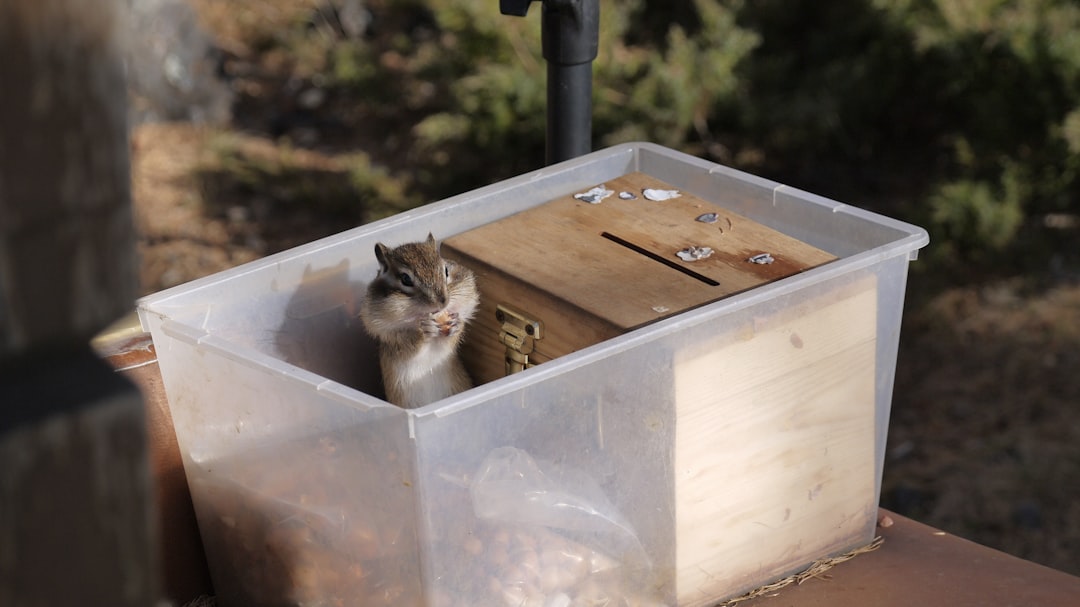
A happy cat will use their litter box and is usually more forgiving if its maintenance isn’t quite up to snuff. Using the litter box and toileting normally are good signs that your cat is happy, as accidents occur during times of ill health or if something is upsetting your cat. This fundamental behavior reflects their sense of security and territorial comfort within your home.
Happy cats use the litter pan as expected, and cats can show stress by urinating or defecating in places they aren’t supposed to, so a cat that isn’t using the litter box often either has a medical issue or is trying to communicate that they are under stress. Consistent litter box usage demonstrates that your cat views your home as their safe haven.
Playful Energy and Curiosity

Happy cats will play with their toys and with other people and cats. Happy cats also like to play, especially younger cats, often engaging in solo play such as attacking a hanging feather or chasing a toy mouse down the hall, and sometimes including human family members. This spirited behavior indicates mental stimulation and emotional well-being.
Happy cats tend to be relaxed, curious, and confident, and are often very playful and affectionate. A kitty that is content may also be quite prone to silly, mischievous behavior, such as batting bottle caps around the kitchen or ‘zooming’ around the living room. These bursts of energy demonstrate that your cat feels safe enough to engage in natural hunting and play behaviors.
Seeking Out Your Company
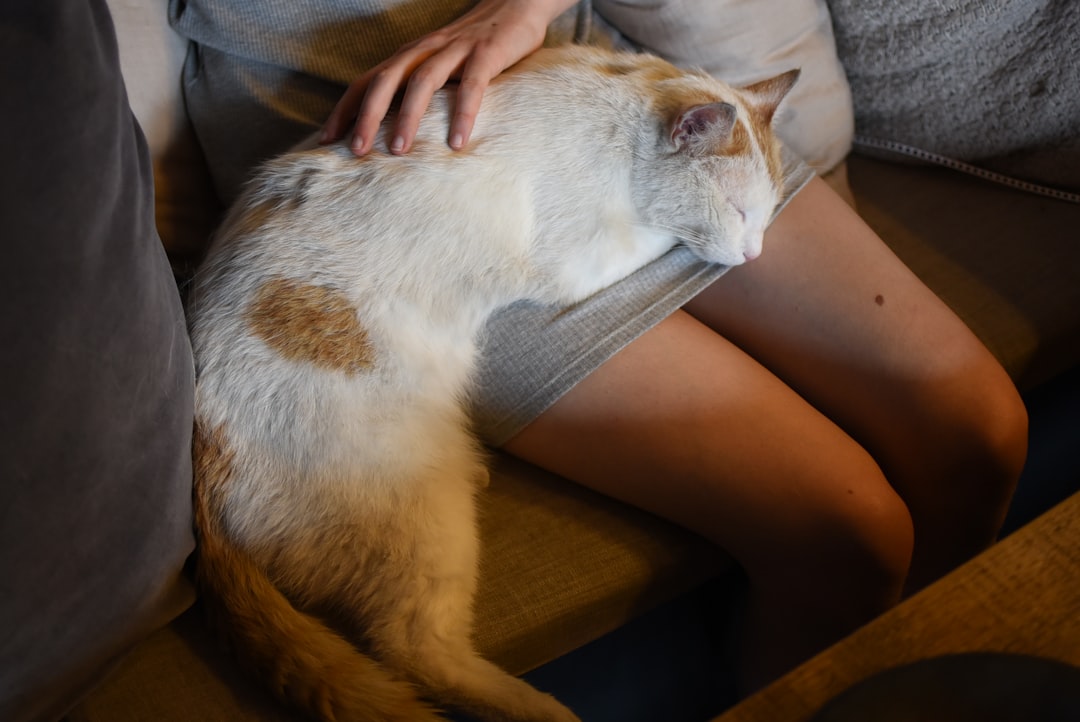
You’ll know your cat is happy if they show affection to you and want to interact with you, as a content kitty loves scritches, snuggles, head boops, and lap sits. A happy cat will initiate interactions, and happy cats often seek out social interaction with their human family members, and may rub against your legs, purr when petted, or curl up next to you for companionship. Their desire for closeness reveals deep trust and satisfaction.
Happy kitties also often follow their humans around, and aren’t shy about requesting attention or lap space. In general, though, a happy cat shows it by being close to their human. This social behavior confirms that your cat genuinely enjoys your presence and considers you part of their family unit.
Relaxed Body Language and Posture
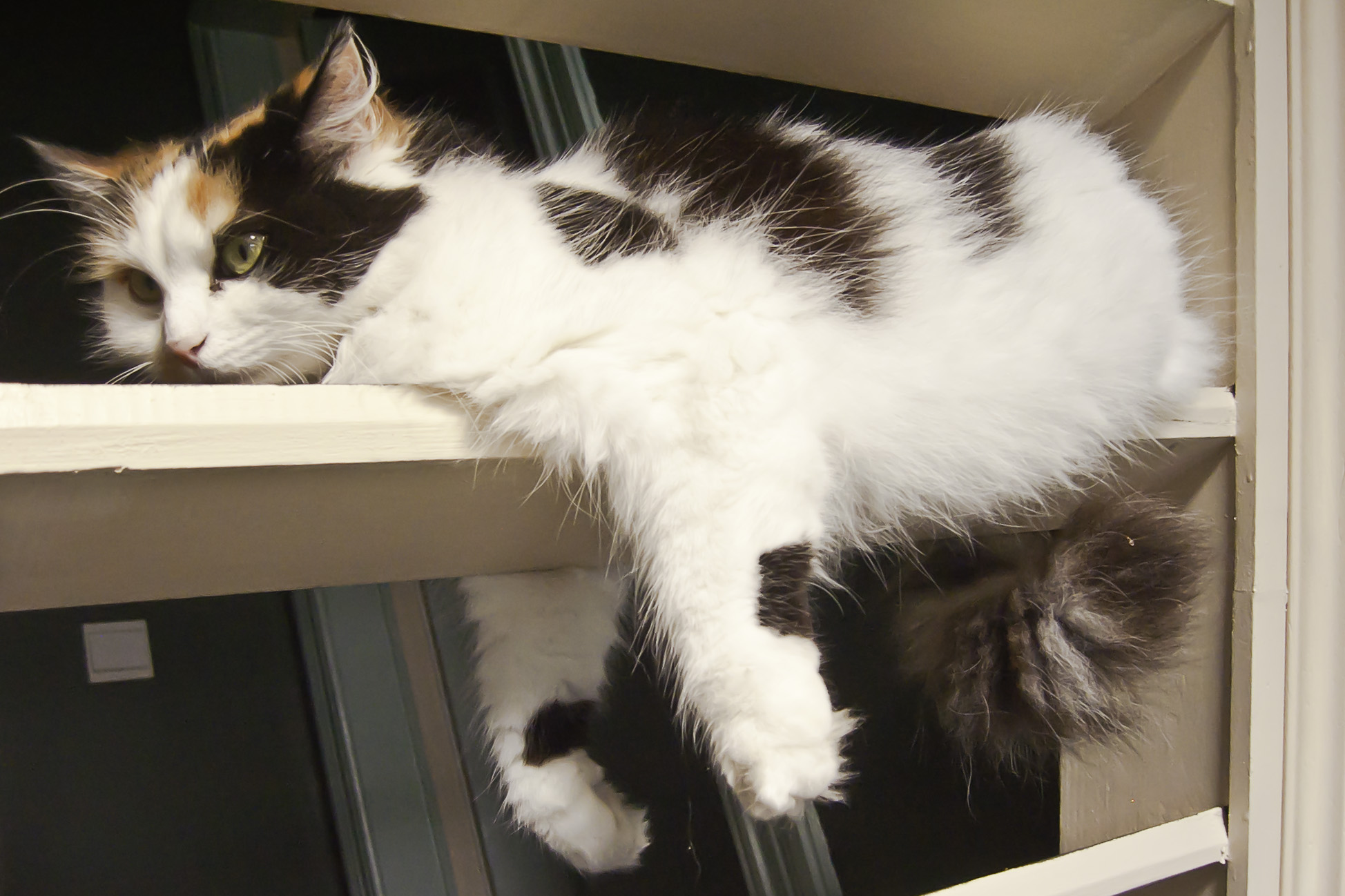
When a cat is relaxed around you, this is a sure sign that they’re feeling content, as slowly stretching or lying on their back to reveal their vulnerable tummy are a few indications your cat is relaxed and happy around you. A happy cat will be relaxed when around you, which means they will stretch out long and show vulnerable parts, such as their stomachs. This vulnerable positioning demonstrates ultimate trust in their environment.
If Fluffy feels safe, she may stretch out in the middle of the floor or drape herself across the back of your sofa, and doze off without a care in the world. A happy cat usually has relaxed body language, with a raised tail, upright ears, and a calm demeanor indicating contentment. These physical cues reveal a cat that feels completely secure in their territory.
Vocalization and Happy Chatter

A happy cat will often be a chatty cat, as cats will often make cheerful noises like meows, chirps, and trills when they are feeling relaxed or looking for attention from their owners. Not all cats chirrup, but when you hear this trilling sound, you’ll know your cat is happy, as a chirrup is often an invitation to follow your cat somewhere or to ask for affection or play. These vocalizations represent active communication and engagement.
Direct eye contact followed by meowing is also a certain sign of happiness, sometimes just one meow and other times multiple meows, which is a way to say ‘please get me a treat’ or ‘time for scratches’ and even ‘brush me’. Trilling and chirping are also signs that your cat is content, as chirps and trills are in their happy vocal repertoire, often signaling excitement or a friendly greeting.
Good Grooming and Physical Health
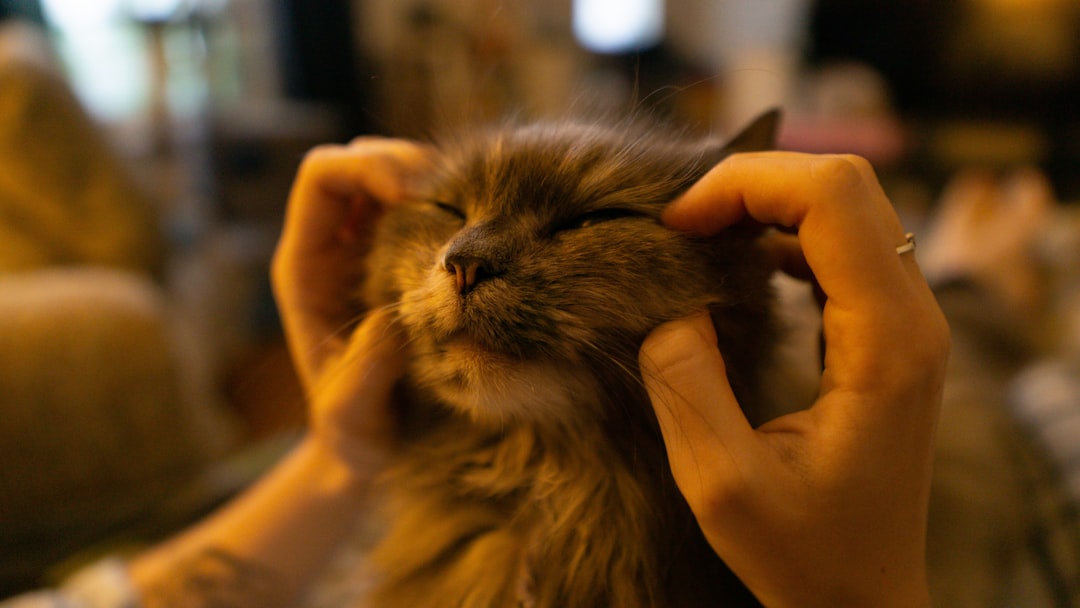
A happy cat will do their routine things on schedule, keep their coat well-groomed and shiny, eat well, and sleep an appropriate amount. Cats are fastidious about their personal hygiene, so as long as it’s not excessive, your kitty grooming themselves on a regular basis is a great sign that it’s feeling physically and mentally healthy. Regular self-care routines indicate emotional stability and contentment.
If your pet has shiny fur, is at a healthy weight, and has clear, bright eyes, it’s a good sign. Cats groom themselves extensively throughout their waking hours, and their fur should feel soft and smooth but not greasy or unkempt, which means they’re unwell. Proper grooming habits reflect a cat’s overall well-being and satisfaction with their living conditions.
Conclusion

Recognizing these ten signs transforms your understanding of your feline companion’s emotional world. A truly happy cat doesn’t just exist in your home; they thrive, communicate, and actively participate in creating a harmonious living environment. From the gentle rumble of contentment to the playful energy that fills your space, these behaviors paint a picture of a cat who has found their perfect sanctuary.
The beauty of understanding these signals lies in the deeper bond it creates between you and your cat. When you can read their subtle communications and respond appropriately, you’re not just providing shelter – you’re offering genuine companionship and mutual respect. What do you think about these signs? Tell us in the comments which behaviors your cat displays most often.

